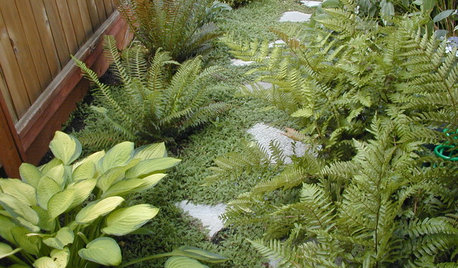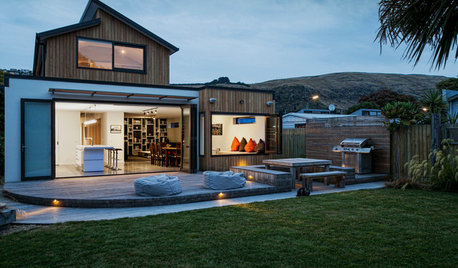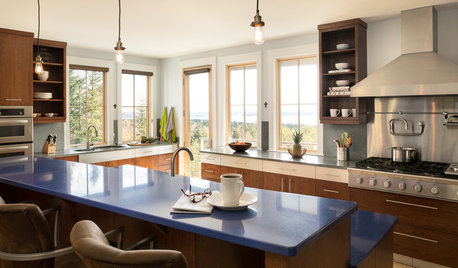planting in ground after starting in 5-1-1 or gritty mix
hairmetal4ever
10 years ago
Related Stories

DECORATING GUIDESHow to Decorate When You're Starting Out or Starting Over
No need to feel overwhelmed. Our step-by-step decorating guide can help you put together a home look you'll love
Full Story
MOST POPULARHow to Start a Cool-Season Vegetable Garden
Late summer and late winter are good times to plan and plant cool-season crops like salad greens, spinach, beets, carrots and peas
Full Story
LANDSCAPE DESIGN6 Great Ways With Garden Ground Covers
Use them as problem solvers, weed killers, color and texture providers ... ground cover plants have both practical and visual appeal
Full Story
HOMES AROUND THE WORLDAfter the Quakes: New Christchurch Houses 5 Years Later
These New Zealand architects and homeowners have overcome the obstacles and created strong, stylish new homes
Full Story
DECLUTTERING5 Ways to Jump-Start a Whole-House Decluttering Effort
If the piles of paperwork and jampacked closets have you feeling like a deer in the headlights, take a deep breath and a baby step
Full Story
GARDENING GUIDES10 Tips to Start a Garden — Can-Do Ideas for Beginners
Green up your landscape even if you're short on time, money and knowledge, with these manageable steps for first-time gardeners
Full Story
FARM YOUR YARD6 Things to Know Before You Start Growing Your Own Food
It takes time and practice, but growing edibles in the suburbs or city is possible with smart prep and patience
Full Story
GARDENING GUIDESHow to Stop Worrying and Start Loving Clay Soil
Clay has many more benefits than you might imagine
Full Story
GARDENING FOR BUTTERFLIESA Quick-Start Guide to Bird-Watching for Fun and Learning
Set out some seed and grab your field guide. Bird-watching is an easy, entertaining and educational activity for the whole family
Full Story
HOUSEPLANTSHow to Grow Orchids Indoors
Orchids are the exotic aristocrats of the flower world and can make themselves comfortable in almost any home
Full StoryMore Discussions








seysonn
calistoga_al ca 15 usda 9
Related Professionals
Middle River Landscape Architects & Landscape Designers · Waterbury Landscape Contractors · Cliffside Park Landscape Contractors · Wallingford Landscape Contractors · Suisun City Landscape Contractors · Eastvale Solar Energy Systems · Hawthorne Solar Energy Systems · Lodi Solar Energy Systems · Inver Grove Heights Solar Energy Systems · San Juan Capistrano Window Contractors · Castle Rock Fence Contractors · East Haven Fence Contractors · Owings Mills Fence Contractors · Santa Clarita Fence Contractors · Spring Fence Contractorshairmetal4everOriginal Author
greenman28 NorCal 7b/8a
nil13
hairmetal4everOriginal Author
maple_grove_gw
nil13